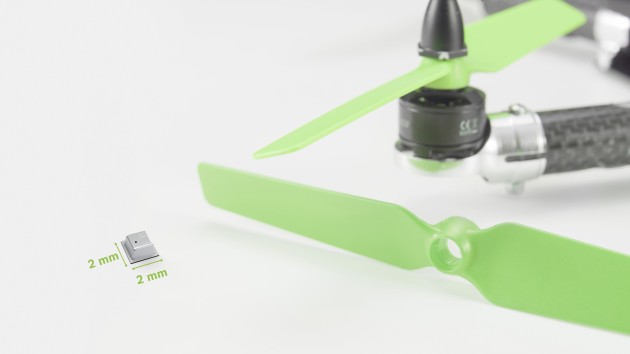 European Union is doing a questionnaire about the use of "drones".
European Union is doing a questionnaire about the use of "drones".
More information here: http://ec.europa.eu/transport/modes/air/consultations/2014-civil-drones_en.htm
Consultation period: 14/08/2014 – 24/10/2014 - END TOMORROW
Background
Aviation technologies continue to evolve and to offer ever more opportunities to deliver services to citizens and to contribute to creating jobs and growth. At the same time, the growing use of new technologies deserves public debate and often requires appropriate intervention of the regulator in order to protect essential public interest. This is the case for remotely piloted aircraft systems (RPAS), commonly known as drones. Such unmanned aircraft have the potential to support in the coming years a wide development of civil applications.
In Europe, RPAS are already being used for aerial photography but also for safety inspections of infrastructure, such as rail tracks, dams, bridges or power grids. National authorities are using them in disaster relief, e.g. to overfly flooded areas or to support firefighting. On other continents RPAS activities already support also precision farming through more effective and timely application of fertilizers or pesticides.
The extensive range of potential applications of these aircraft systems raises issues about their impact on the safety and security of airspace users and people on the ground as well as on citizen's privacy and the use of private data.
The European Commission intends to work on an initiative to regulate appropriately the development and use of RPAS within the context of the single aviation market, which is by its very nature already international. The initiative could involve the introduction of European rules to guarantee high levels of aviation safety and security, citizens' privacy and personal data protection. The challenge will be to strike the right balance between two objectives: to create space and freedom necessary for development of this new industry, often from small start-up companies, and to ensure that this development does not compromise the essential rights and interests of the EU citizens in terms of safety, security or privacy.
The context of the consultation is explained in more detail in Communication "A new era for aviation Opening the aviation market to the civil use of remotely piloted aircraft systems in a safe and sustainable manner  " [COM(2014)207] and on http://ec.europa.eu/enterprise/sectors/aerospace/uas/index_en.htm
" [COM(2014)207] and on http://ec.europa.eu/enterprise/sectors/aerospace/uas/index_en.htm 
Aim of this questionnaire
This online consultation asks for your informed opinions and suggestions to help identify what are the gains that could be brought by the use of RPAS and what are the concerns that would need to be addressed by EU public intervention.
The questionnaire is structured as follows:
- Respondent's profile
- Expected market development
- Problems to be addressed
- Problem causes
- Policy objectives
- Policy options and measures
- Impacts of policy options
- Other questions
The results of this consultation will feed into the Commission impact assessment which will accompany a possible policy initiative on RPAS.
The questionnaire concerns the civil use of drones for commercial activity. The use for military purposes is not covered by this survey. The term “RPAS” is used throughout the questionnaire referring to Remotely Piloted Aircraft Systems. The survey does not cover fully automated aircraft, which are still at an early stage of development.
Target group
Citizens, companies, public authorities, academia, associations and other stakeholders who have an interest in the issue of EU aviation safety, development of new technologies and improving the efficiency of the aviation sector.




